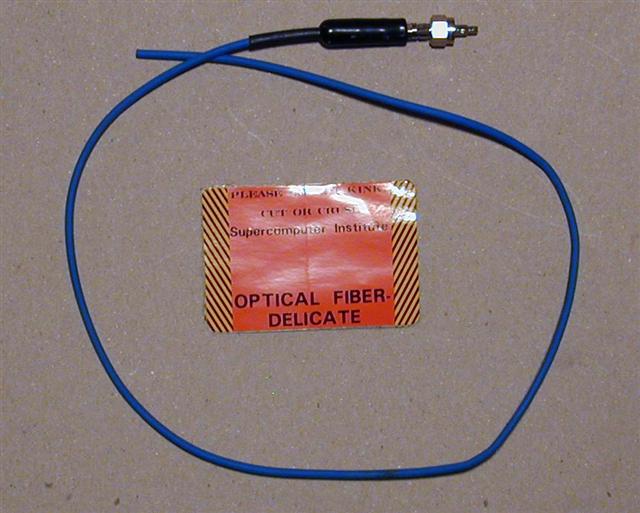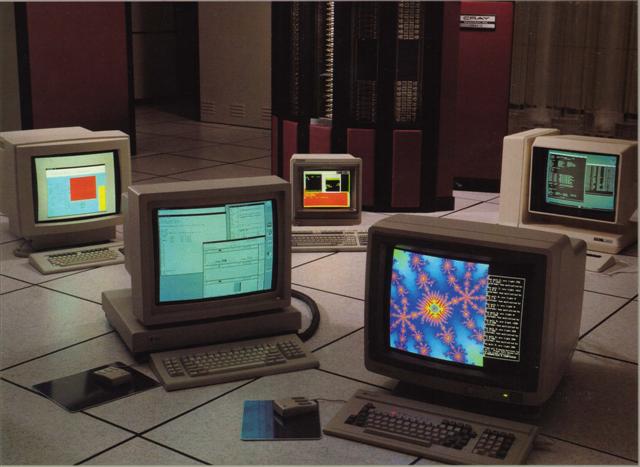Minnesota Supercomputer Institute Network
With the pending the arrival of our first Cray-2 at the UofM in the winter of 1984, the pressure was on to implement a campus network so that UofM researchers could access this $20M+ resource. Together with Dr.Tom Walsh, director of the Supercomputer Institute, I demonstrated to a skeptical community that a TCP/IP network was possible using early Bridge Communications TCP/IP telnet terminal concentrators, TCP/IP software for the PC from MIT, and Excelan TCP/IP for the VAX VMS Cray-1 frontend system. There was great pressure to use antiquated punched card Remote Job Entry (RJE) technology from a community who only understood Fortran! I also proposed and demonstrated that a Codenoll fiber optic Ethernet backbone could connect campus buildings together.
Rather than using Dave Mills “Fuzzball” routers, I convinced Judy Estrin and Eric Benhamou, at Bridge Communications, to implement IP routing on their equipment, (cisco did not exist) and several of these Bridge IP routers were purchased to link the UofM campus to the Lauderdale facility where the Cray-2 was to be housed three miles away. The Supercomputer Institute also purchased ten SGI workstations with Excelan TCP/IP Ethernet controllers in them, and we shipped one to Bridge for testing with the prototype IP router. The other SGI workstations were shipped to the UofM where they were used for an NSF funded summer program during the summer of 1985, and then distributed out to the principal Institute of Technology departments. After the NSF summer program was over, Tom Walsh hired Randy Smith to act as network administrator, and deployment of the optical network I had designed began. Since UofM physical plant services refused to install the fibers in a timely manner owing to construction work and union problems, a team of “high energy” physicists and I broke into the steam tunnels using the best Richard Feynman locksmith techniques, and installed about 10Km of fiber during several Sundays that August, climbing up and down 100 ft. deep steam shafts in stifling 120 degree heat. Fortunately no one was killed. We put orange stickers on our fiber, so that maintenance workers in the tunnels would treat them with the respect the deserved, and connection to our cluster of $50M worth of supercomputers would not be disrupted.
By the time it was all over, we were sustaining over 100 concurrent telnet interactive terminal sessions directly on our Cray-2 systems using a special “line at a time” tweaked version of telnet and a special version of the vi editor, and had a large heterogeneous population of workstations using FTP and NFS to submit jobs and move files. I gave a talk in Washington DC at an NSF review, and nobody believed it. We were doing what the other supercomputer centers were only dreaming of.

